Medieval churches were often constructed using wooden staves. Post-and-lintel wood framing is a typical feature of this style of building. More stave churches can be found in Northern Europe, with Norway being home to some of the most fascinating and well-preserved examples. These stunning stave churches, the majority of which were built during the 12th and 13th centuries, can be found all across Norway and are a must-see for every tourist.
10. Flesberg Stave Church
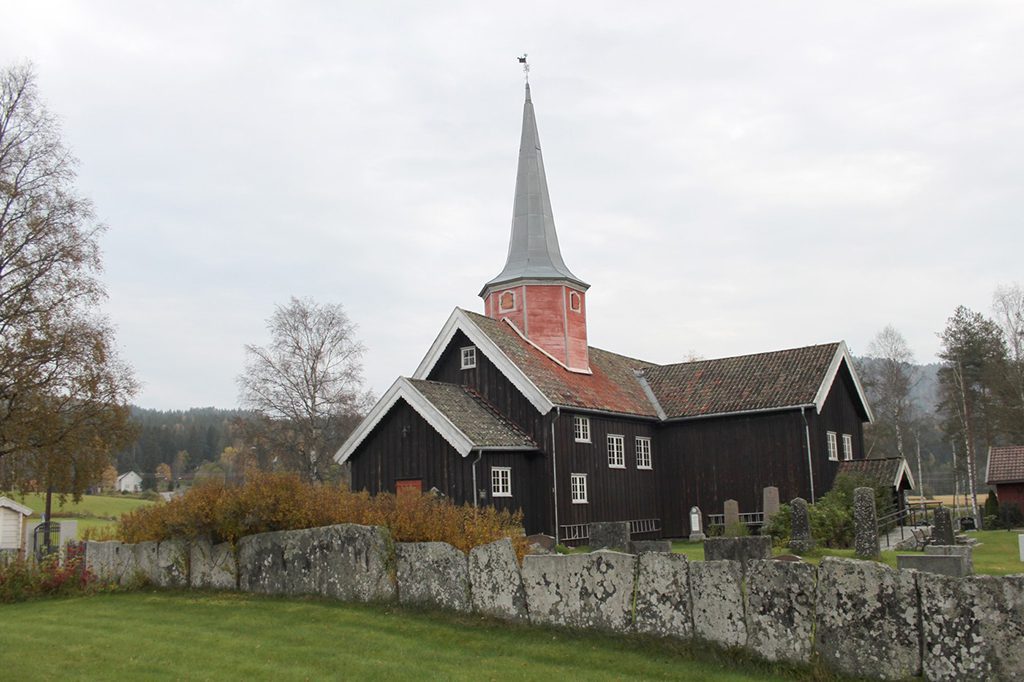
Towards the end of the 12th century, the Flesberg Stave Church was built in Buskerud County. In the middle of the 18th century, extensive repairs were made to the church. Consequently, there is not much about the structure that is completely new. The slate fence around Flesberg Stave Church, with its iron rings, is one of the building’s most distinctive features. Each ring formerly belonged to a local farmer, who would use it to secure his horse before attending Sunday services.
9. Gol Stave Church
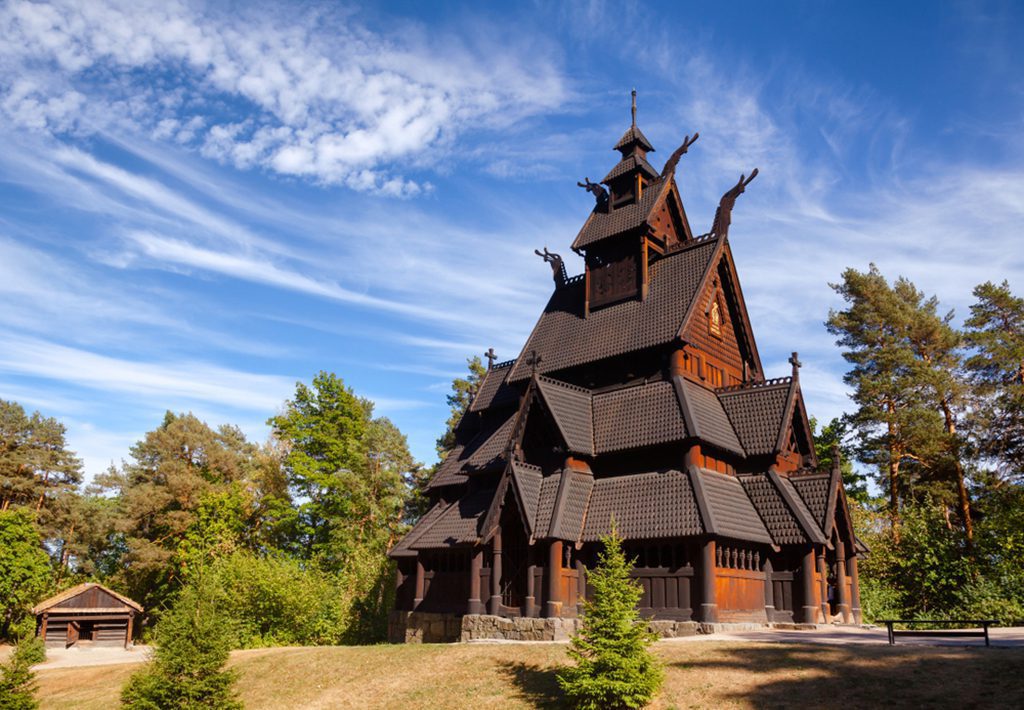
The original site of the Gol Stave Church was, as its name implies, the city of Gol. This stave church, however, is now housed in Oslo, Norway, at the Norwegian Museum of Cultural History. A new church was supposed to replace the whole building a century ago, but King Oscar II elected to save the old one. Several copies of the odd structure have been built due to its popularity. One could even be found in the American state of North Dakota.
8. Undredal Stave Church
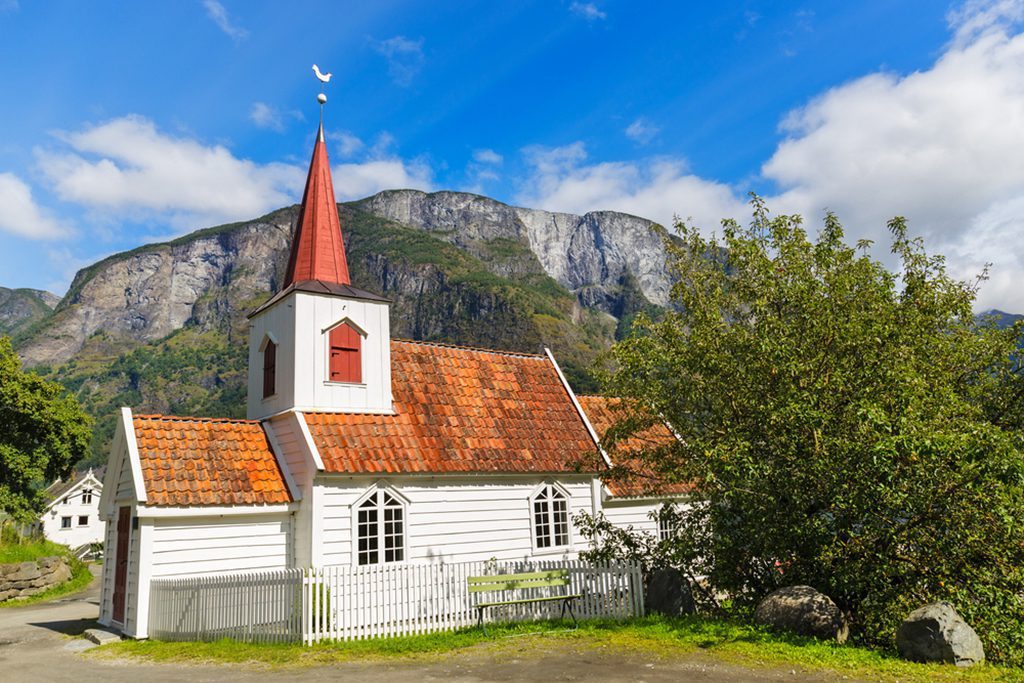
Undredal Stave Church was built in 1147 in the small village of Undredal, which sits on the shores of the Aurlandsfjorden. Aside from a few others, this church is one of the smallest in Norway that continues to serve the community. The structure is just 4 by 12 meters in size and can only accommodate 40 people (13 by 39 feet). Undredal has been moved about several times, with modest alterations each time, like many of the medieval stave churches.
7. Roldal Stave Church
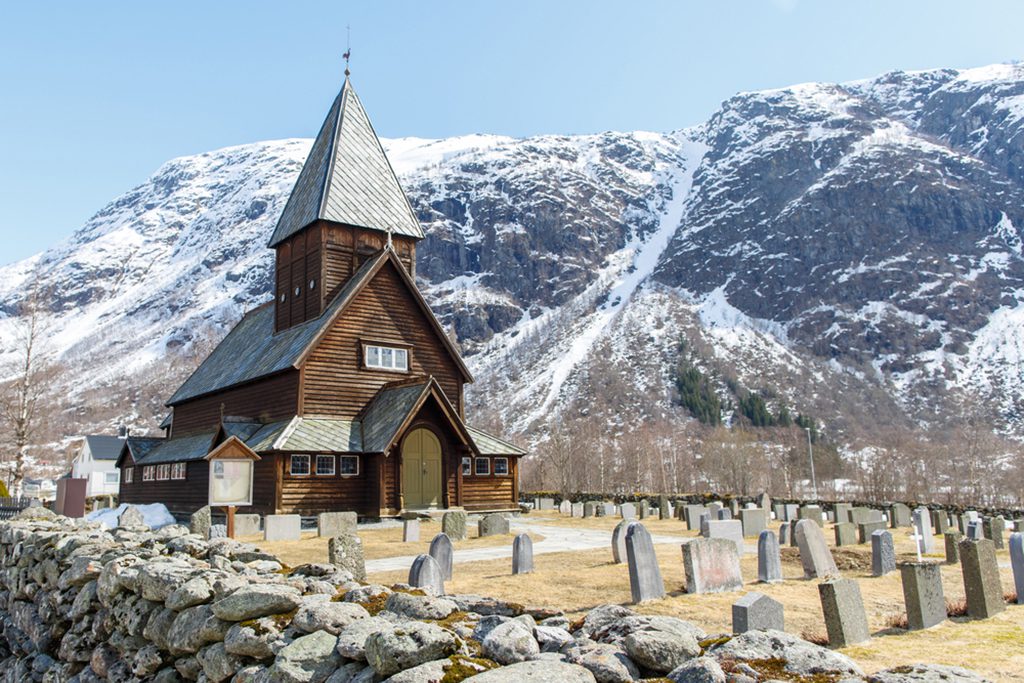
The Røldal Stave Church is one-of-a-kind since it doubles as a museum and a church. Rldal Stave Church has services for its congregation twice monthly. The building dates back to the 13th century, and nowadays it serves as a museum accessible to the public. Wooden sculptures from the 13th century adorn the church’s interior, depicting scenes from the Bible, including Mary and her child and Michael, the Archangel, visiting Earth.
6. Kaupanger Stave Church
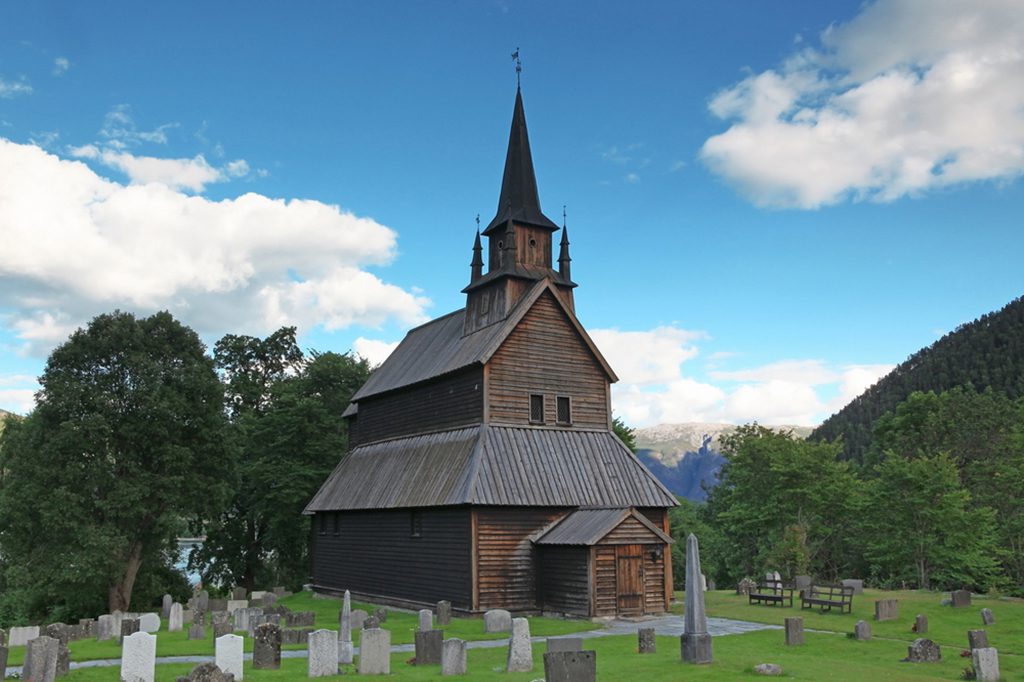
The Kaupanger Stave Church, which was built in the 12th century and is still in use today, is a wonderful representation of local culture, history, and legacy. What differentiates it from other older Norwegian churches is its abundance of staves, or load-bearing columns. During the nineteenth century, the Kaupanger Stave Church underwent extensive refurbishment. The 1960s saw the reversal of many of these unattractive alterations, restoring the church to a look that more closely resembled its medieval design.
5. Reinli Stave Church
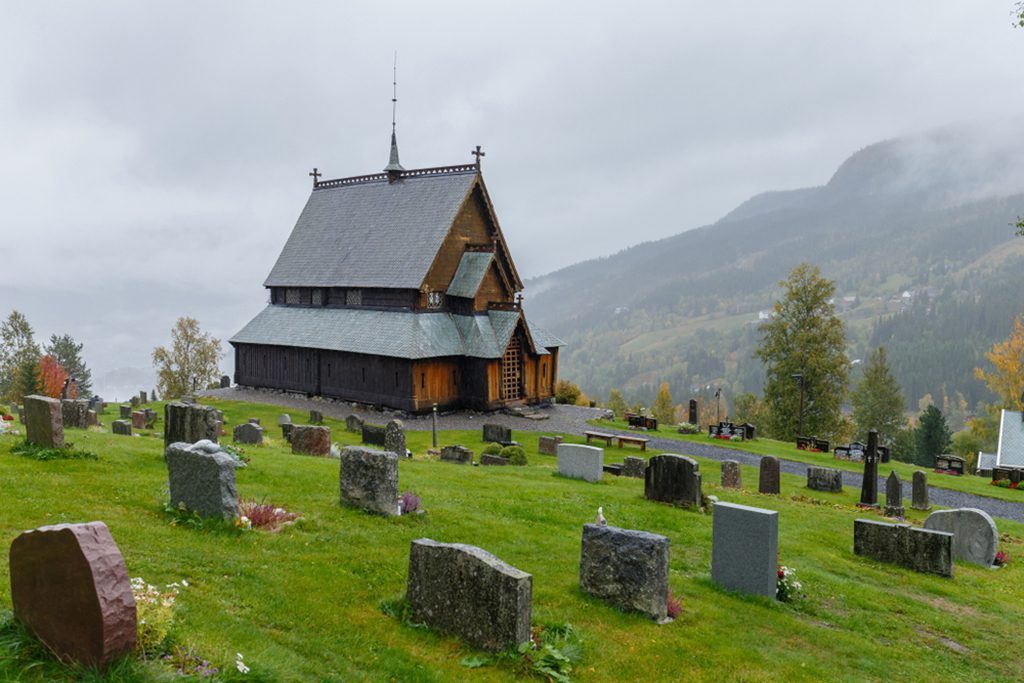
The Reinli Stave Church, located in Oppland County and built in the 12th century, is thought to be the third building at that site. Despite how commonplace something may be, the fact that the prior building was a pagan temple makes it rather exceptional. Even though the Reinli Stave Church has a more conventional appearance than some other stave churches in Norway, it is nonetheless an amazing relic of the past. The structure had some 20th-century repairs that brought it up to date, including the installation of modern conveniences like electricity, lighting, and heating.
4. Hopperstad Stave Church

The Hopperstad Stave Church may be found just outside the borders of the small village of Vikøyri. It’s one of the oldest stave churches in Norway, having been built at the turn of the 12th century. The church, however, was deserted by the time the nineteenth century rolled around. The building’s wooden siding was even taken down in certain places. The building was saved because it was bought and renovated. The Virgin Mary altar and the three naves are still prominent features.
3. Urnes Stave Church
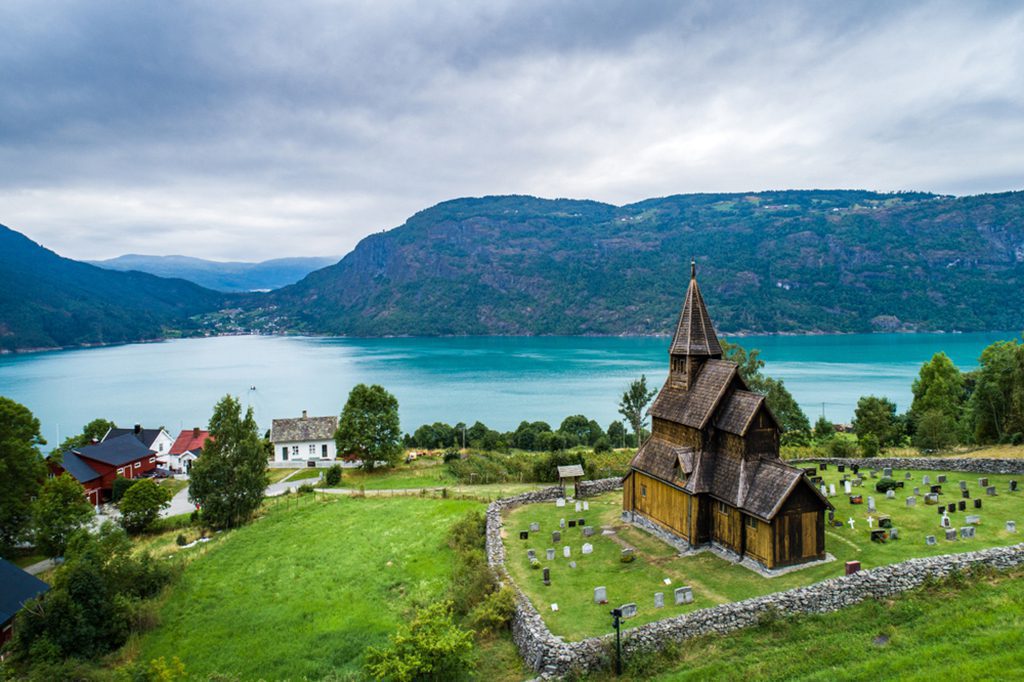
The Urnes Stave Church dates back to the 12th century and stands out against the stunning backdrop of fjords and lush green fields. It connects the Viking religions to a more Western form of Christianity since it is one of the oldest stave churches. Much of the animal symbolism is borrowed from the Bible and Norse mythology. Although it is not used for daily services, the church is nonetheless sometimes utilized for special events such as weddings and baptisms by the community.
2. Borgund Stave Church
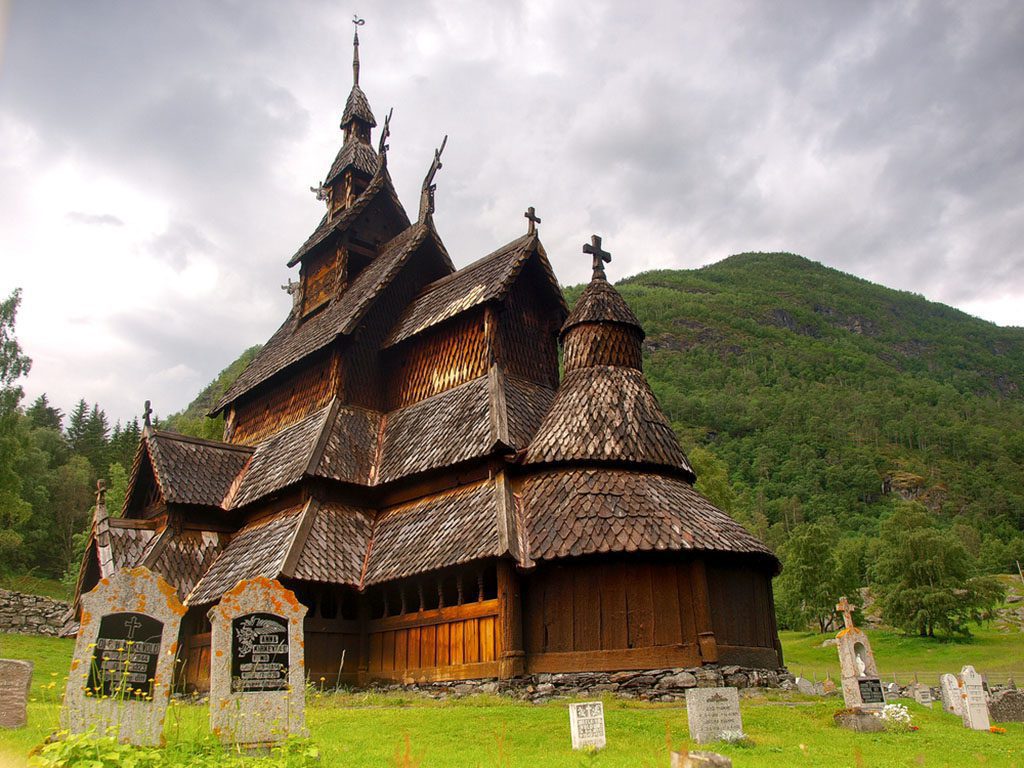
Borgund Stave Church is one of Norway’s best-preserved stave churches. Borgund Stave Church, which was constructed between 1180 and 1250, has a basilica plan and features many tiers of overhanging roofs. There hasn’t been any worship there since the late 19th century; therefore, it’s being utilized as a museum instead. Visitors should look for the writings on the wall, which may have been written as early as the 13th century.
1. Heddal Stave Church
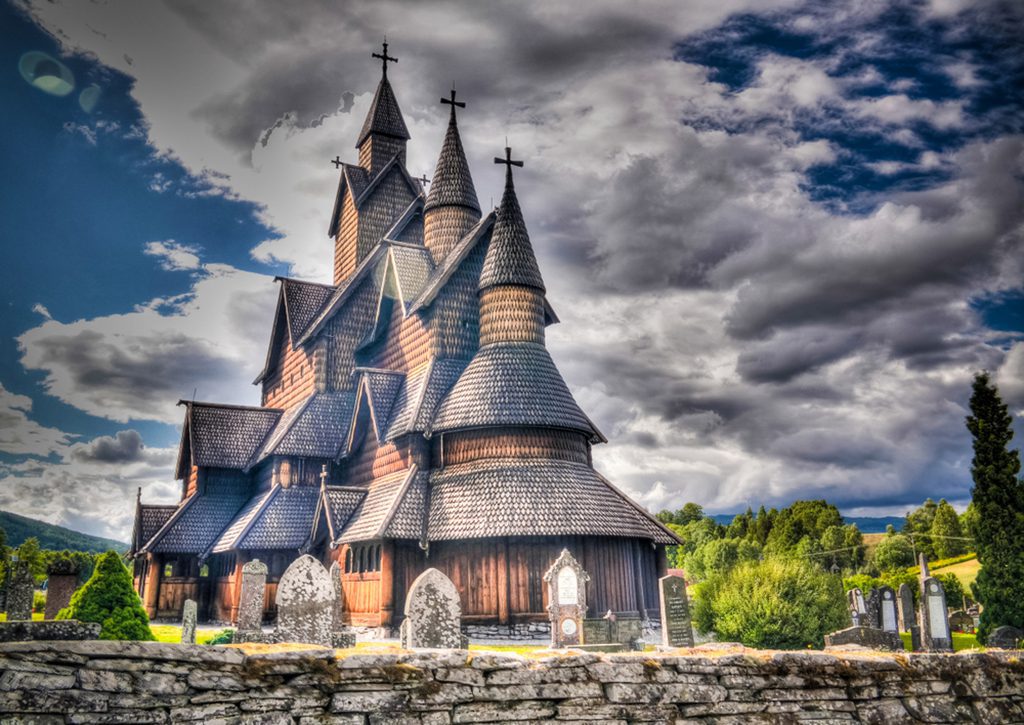
Heddal Stave Church is the biggest stave church in Norway. Heddal was built around the start of the 13th century, and its history is fraught with mystery. According to legend, five local farmers managed to construct the massive chapel (by stave standards) in only three days. Irrelevant of whether or not it’s factual, it certainly raises questions about the church’s legitimacy. Both the façade and interior of Heddal were extensively renovated throughout the 16th century while it was under Lutheran rule.


